New coloring technology inspired by traditional technique for coloring metal
The fusion of a coloring technique from Takaoka, Toyama Prefecture with over 400 years of heritage, and innovative technologies continually being developed there, has given birth to metal coloring offering a rich range of colors.
The brown patina we have chosen this time, is “Hanmon-Kujyaku (mottled peacock)”, an original color inspired by the traditional “Nuka-yaki” metal coloring technique. Controlling chemicals and flame heat, chemical reaction is used to bring out vivid colors on brass.Each piece colored by hand, and the same kind of coloring cannot be achieved by painting. Furthermore, this traditional coloring technique hitherto only possible with cast metal, was successfully evolved to make the expression possible on sheet copper thinner than 1 millimeter, enabling Sailor Pen to create writing instruments with this metal coloring method. This metal coloring gets even better with age, like a pair of denims does the more you wear it.

Master craftsmanship with each piece colored by hand, giving each its own uniqueness.
Patterns that appear like magic on metallic surfaces
When master craftsmen work their magic on metal materials with their creative imagination, original colors come to life. The brown patina used for this collection is an intricate Hanmon-Kujyaku finish, which is a color born through a series of coincidences. The pattern of this finish has an exotic beauty that is reminiscent of a peacock. Each CYLINT Patina writing instrument has its own unique pattern, no piece identical to another.

Characteristics of Brown Patina
Brown patina (Hanmon-Kujyaku) is applied leveraging the characteristics of brass. Being handcrafted, patterns and color shades on the surface are unique, differing from piece to piece. The appearance and texture of your CYLINT Patina pen will change over time, becoming even better with age. Cherish the change in depth of expression as you continue to delight in the writing experience with your piece for years to come.
Cautions on Maintenance and Handling
When you feel the need to clean your CYLINT Patina pen, wipe gently with a damp cloth that has been wrung out well, then wipe again with a dry cloth, and always store in a dried state. Any residual moisture may cause the piece to corrode/become tarnished. Make sure not to get organic solvents such as alcohol or vinegar on the piece, as it may cause tarnishing. Any surface scratches caused by friction, etc. may lead to oxidation, promoting patina growth, corrosion or tarnishing.
It is the nature of brass to change color over time and this change is a trait to be cherished. Therefore, returns/exchanges are not accepted for reasons such as patina growth, corrosion or tarnishing.


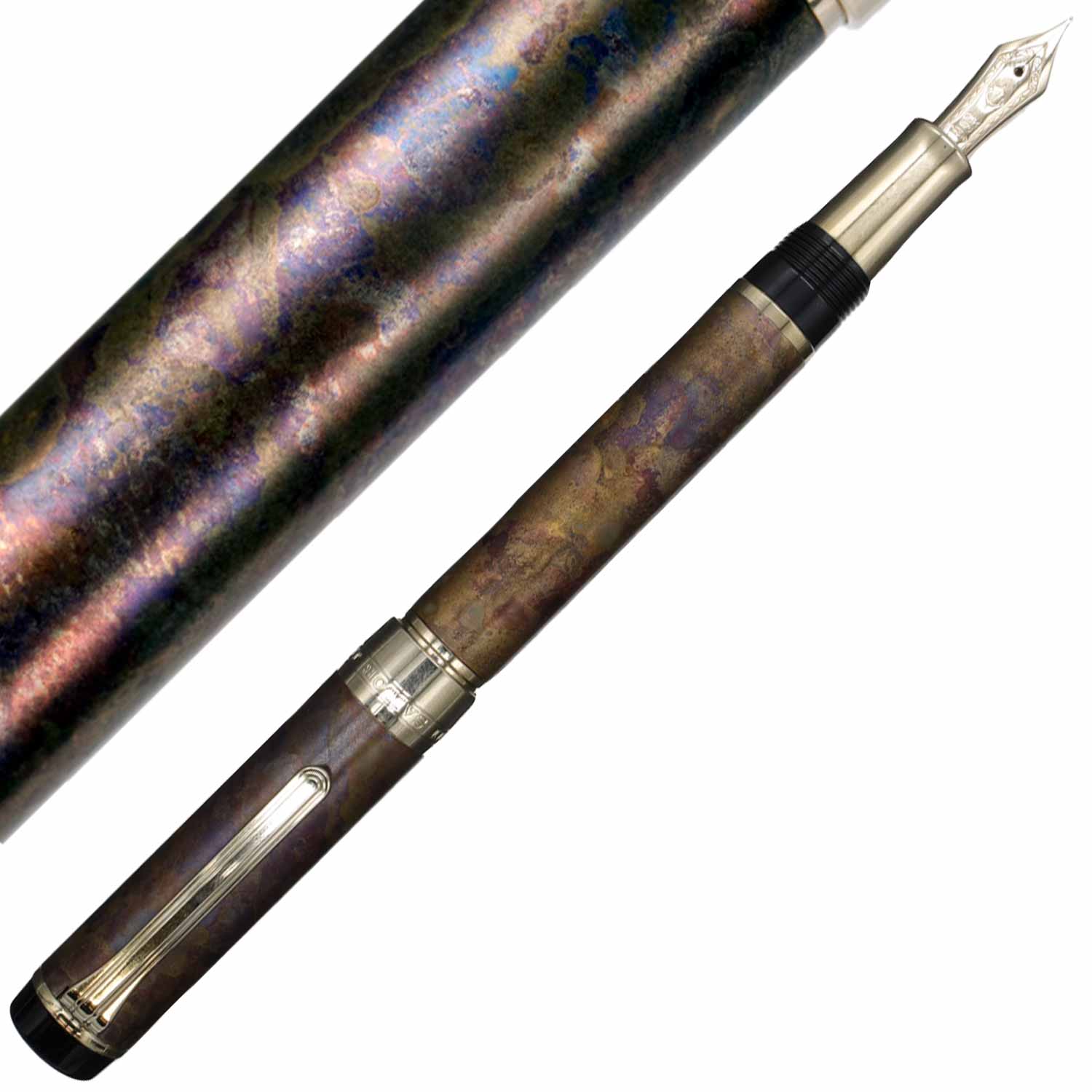

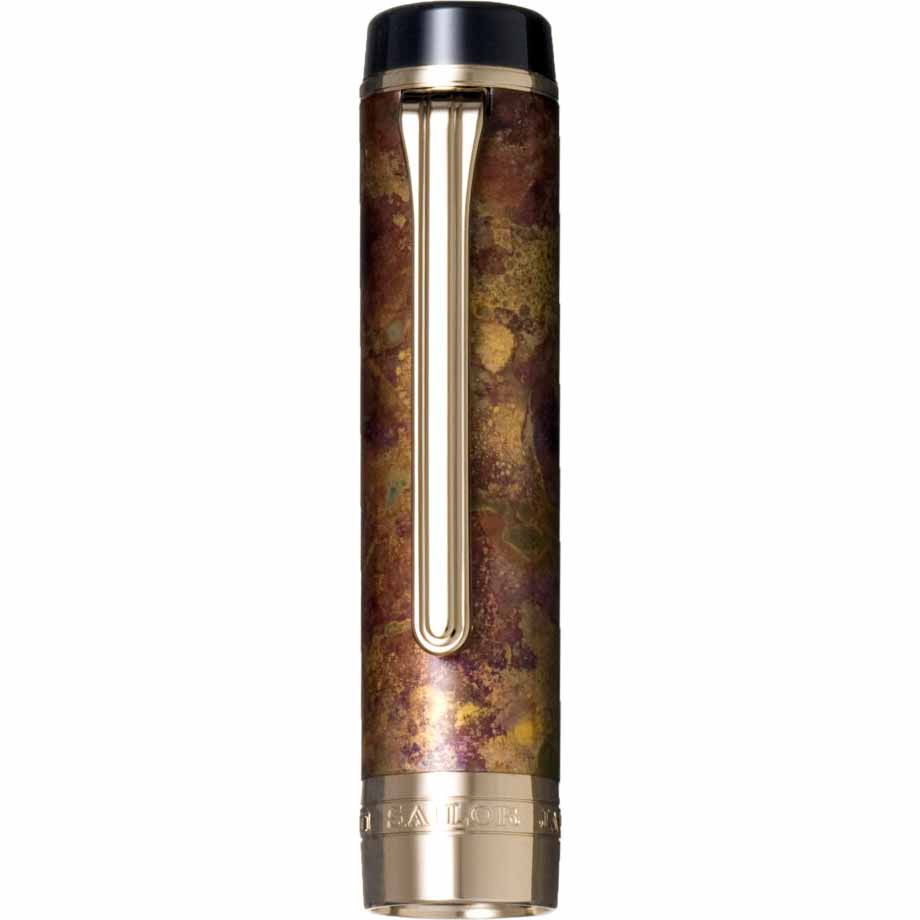
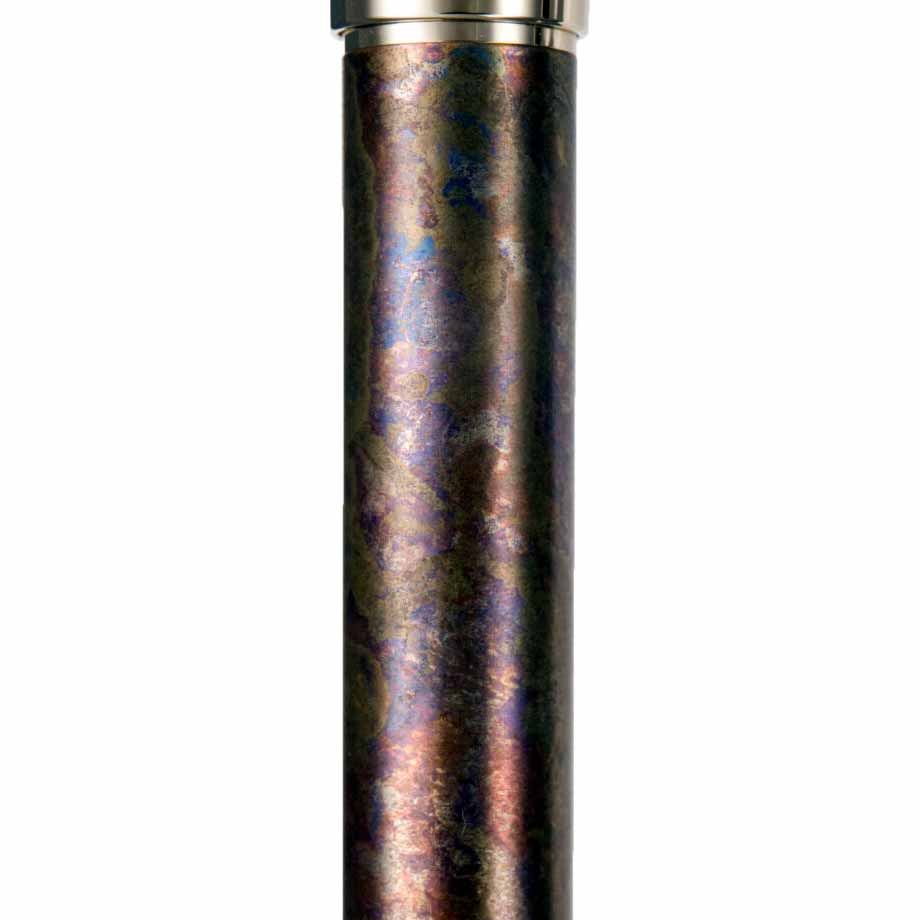
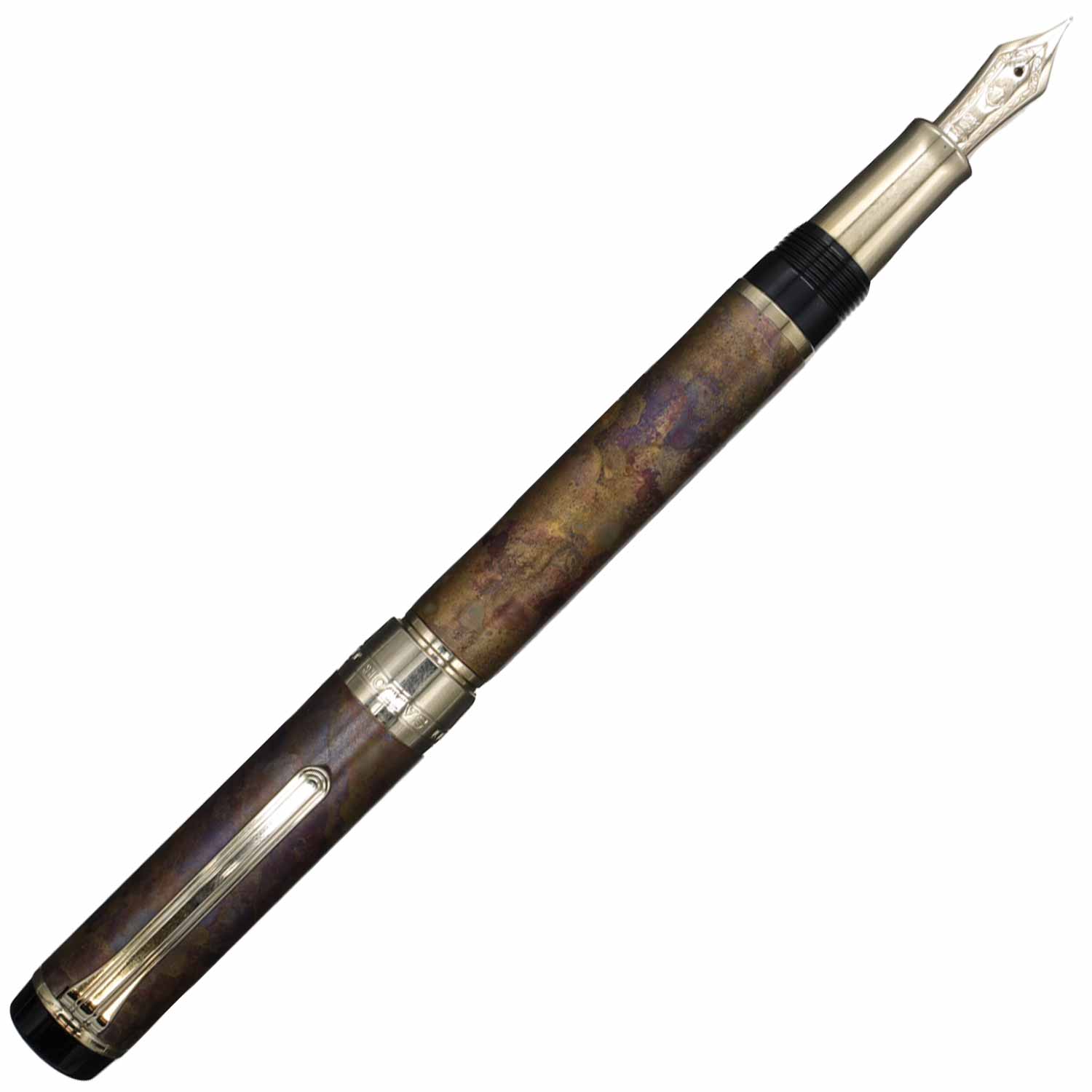



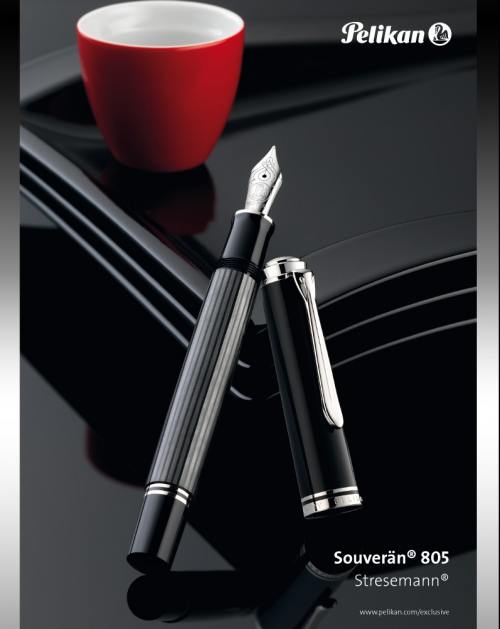
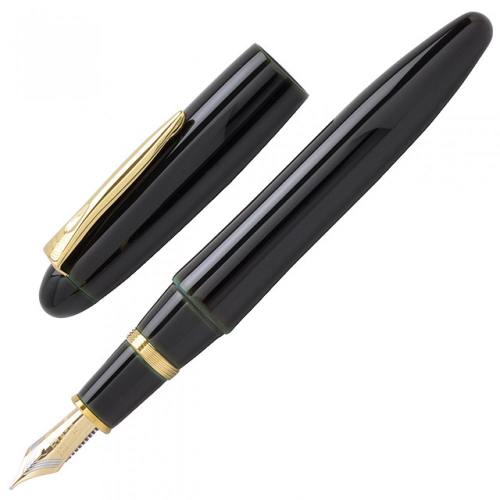
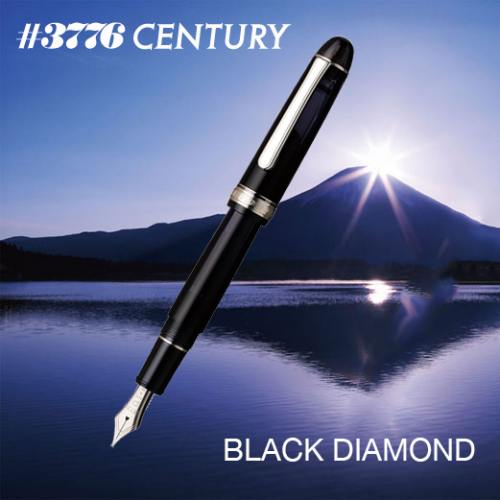
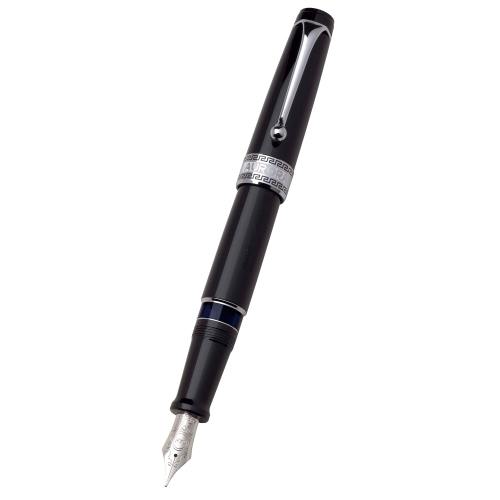
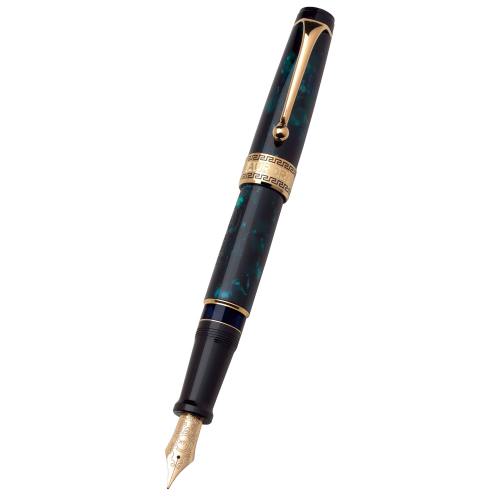
Reviews
There are no reviews yet.